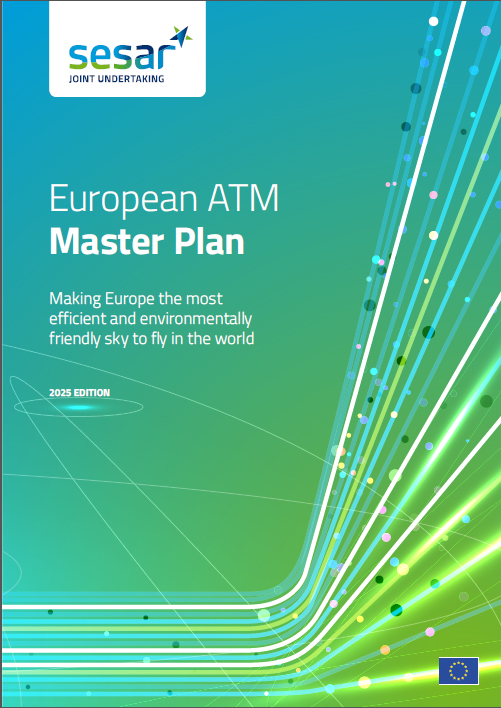
Dec. 12, 2024
European ATM Master Plan
Description

The 2025 Edition of the European ATM Master Plan was published on 12 December 2024. It supersedes all other versions of the Master Plan.
You can still access previous editions of the European ATM Master Plan: 2009 - 2015 - 2020